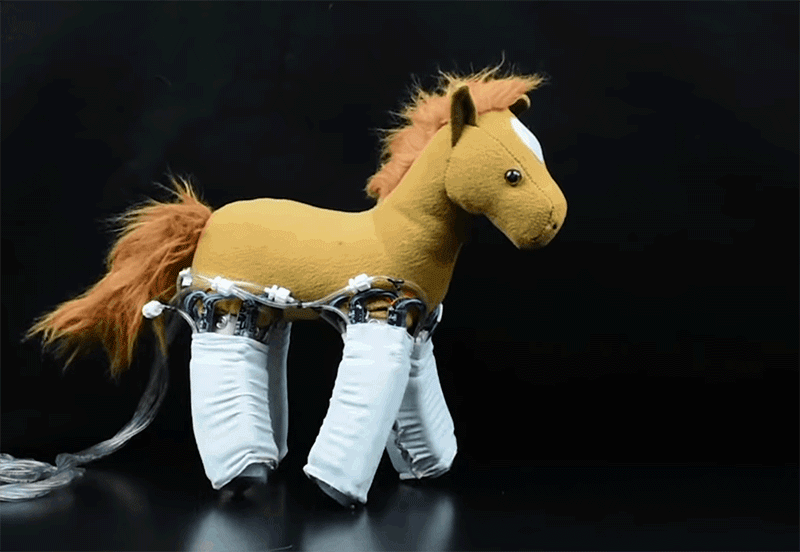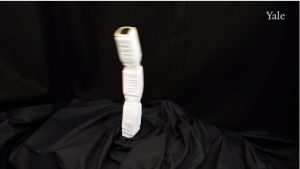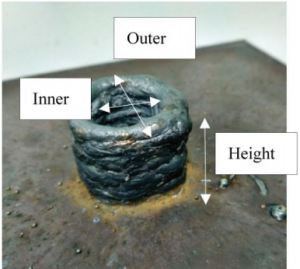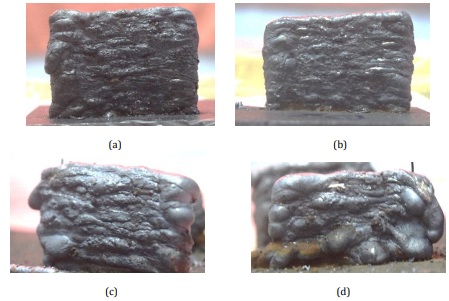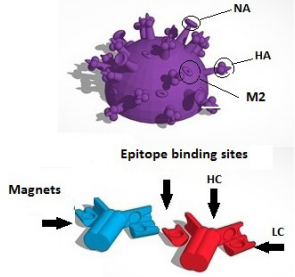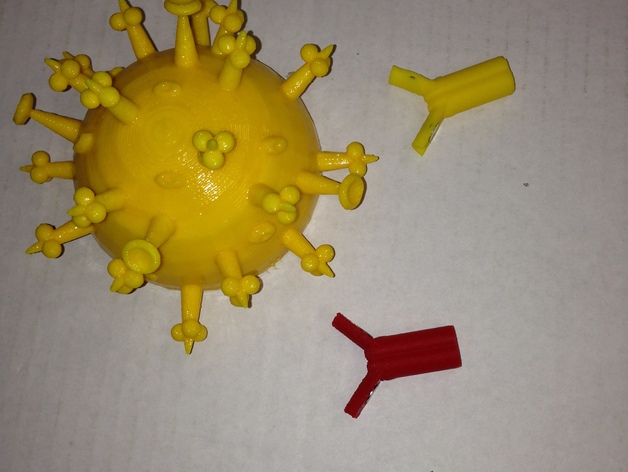German company GEFERTEC’s 3DMP process is a very interesting metal 3D printing technology. We profiled the company and its wire fed 3D printing technology a few months ago. Rather than focus on inexpensive parts (inkjet) or fine mechanical small parts (DMLS, SLM) their wire arc based technology is focused on large 3D printed metal parts. How large? Well, how about 1 meter or five-meter parts made out of various metals? What’s more, the industrial firm is committed to making its process affordable by opening up the process to let people use traditional low-cost wire arc feedstock. By positioning the technology in this way the company is trailblazing into the construction of airframes, wing spars and large structural components in aircraft.
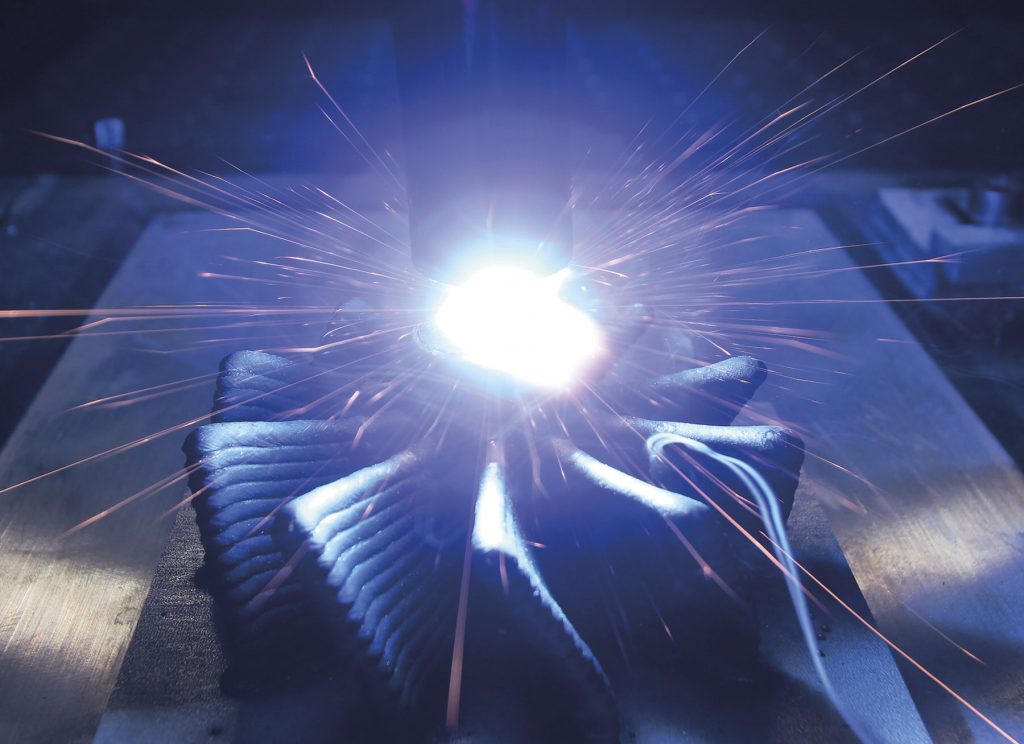
Welding based technologies such as Trumpf’s, Sciaky‘s and Optomec as well as the various other Directed Energy Deposition technologies are much less well known than DMLS/SLM/LPBF powder bed fusion technologies. Developed during the cold war they were extensively used on the Shuttle and other space programs before people decided to do something brilliant and make a wire arc or other welding technology go up a layer. They often are used for defense-related applications such as satellite, missile or experimental aircraft structural components. Indeed a number of these technologies were specifically developed for such defense applications.
At the moment aerospace companies are very publicly focusing on tiny components. This means that they can gain from the advantages of 3D printing with these small components quickly while qualifying technologies. In my mind, the huge leap in design capabilities will also happen once full airframes, rockets, warheads and other large several meters in size components are qualified for aviation. At the moment this is being done on the down-low but the move towards civil aviation is happening behind the scenes. We now can see the market split into three in what I’ve termed the Goldilocks Moment. Essentially we’re seeing distinct segments in low cost, fine mechanical and large metal printing technologies emerge. One of the companies vying for a prize of the large-scale printing of metal parts for aerospace and other applications is the German firm GEFERTEC. We asked Tobias Röhrich the CEO of GEFERTEC to tell us about his firm and the 3DMP technology.
What is 3DMP? What kind of parts are ideal for the technology?
“3DMP stands for 3D Metal Print. It is the most economic additive manufacturing process for big metal part based on wire and arc. There are a lot of different interesting application scenarios for 3DMP. Once the parts must be made from metal, 3DMP is an economically and technically viable option for parts of a certain size, which are expensive or difficult to manufacture with conventional methods. In case you are looking at substituting milling it is of interest when expensive or difficult to machine materials are being processed. Especially when you look at parts with high cutting volume. 3DMP can be also an economically and logistically alternative to casting or forging in particular in case of low quantity lots, where you could save on the tooling cost and gain delivery time advantages.
“Furthermore, there is a list of functional and structural benefits of parts made by 3DMP that would be unthinkable using conventional methods. It is possible to generate inner structures like closed hollow parts, cooling channels etc.. For many applications for example in tool manufacturing, it is of great interest of combining different material layers in one part, like having a mild steel body and a hardfacing on top.”
What sizes can you print parts?
“3DMP, especially comparing with laser and powder, is a very economical 3D printing process for bigger parts. The maximum size of the built structure reaches in the standard machines almost 3m³. Besides that the process is scalable, meaning it is technically possible and economically viable to use 3DMP for even bigger parts. In a joint effort, GEFERTEC and AIRBUS are driving a project looking at the possibility of printing titanium parts of 7 to 8 m size.”
What materials are possible?
“Basically, you can use all of the conventional welding wire usable for this process, whereby one has to say that there are materials that are easier to handle and there are those with special challenges. We already control the process for about 30 different metals, amongst them tooling steels, stainless steels, high alloy steels, nickel-based alloys, titanium, copper based alloys, different aluminum alloys and many more.”
How are you positioning the technology vis a vis DMLS and DED?
“If you compare the different printing methods it is notable that there are different properties and applications coming along with them. 3DMP is an economical, easy to handle and robust technology for printing of big metal parts. Instead of powder and laser, 3DMP uses the wire and the arc. This has consequently a lot of advantages comparing it. One is the build rate, that compared with for example the DMLS is about 10-15 times higher. Another advantage is the easy handling of the wire instead of the complexities one has to deal with using metal powder. Furthermore, the wire is significantly less costly, there is a great variety of proven and certified materials available in the market for a technology that has essentially been used for about a 100 years.”
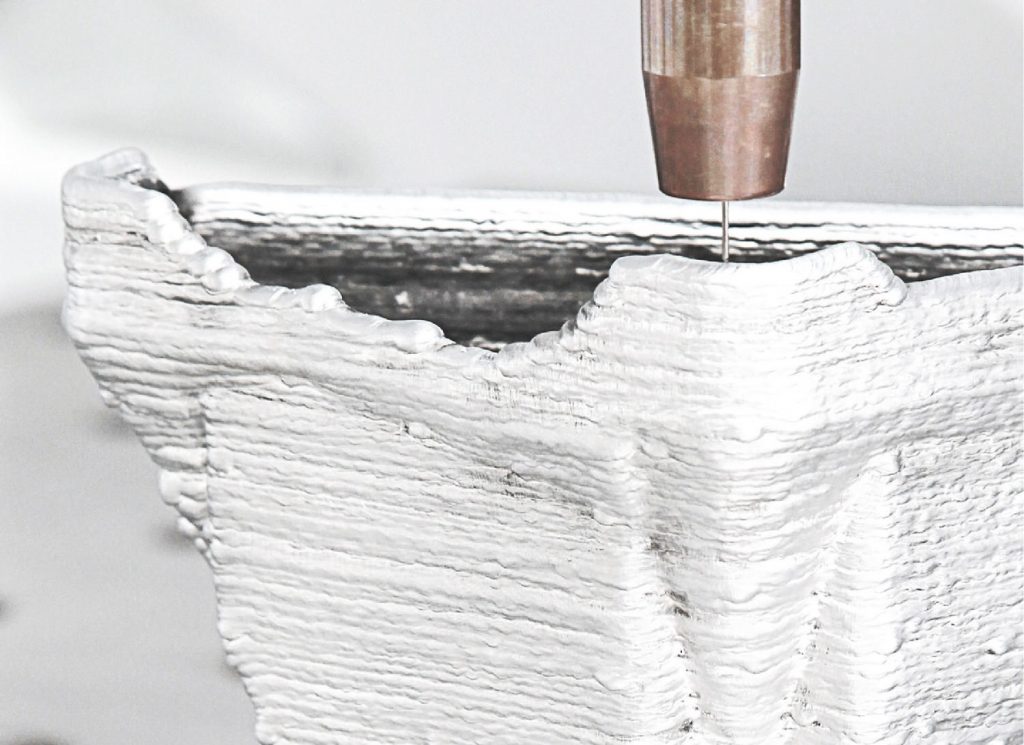
Is using wire feedstock cheaper than using powder?
“Yes. Using wire is significantly cheaper than using powder. Having said that, it is also more efficient. Meaning with a wire you have almost a 100% of a material to part conversion. Using powder you, unfortunately, have a significant percentage of lost material.”
What kind of surface roughnesses can you achieve? Densities?
“The aim of 3DMP is to produce near net shape parts which will be milled afterwards. There will always be kind of a wavy surface due to the welding beads. The best you can achieve is about 0,3mm roughness, but again the purpose is not to produce finished parts. You have to mill afterwards and therefore it doesn´t matter to much if you have 0,3 mm or 1mm as roughness. Most of DMLS and DED parts need the milling as a finishing process as well, even though the reachable roughness would be finer. The relative density is 100%.”
What are the part costs when compared to inkjet metal, DED and DMLS? “This depends on the part, its geometry and its size. Generally speaking, the build rate, which is a big factor of the cost, is compared to DMLS 10 – 15 times higher. Big parts are not economically built up with DMLS, but are with 3DMP.”
What does a machine cost?
“Machine cost varies between 300 and 750 thousand Euro.”
Who are your target customers?
“We are targetting job shops, aerospace companies, the shipbuilding industry, the power plant industry, general machine builders and many more verticals.”


